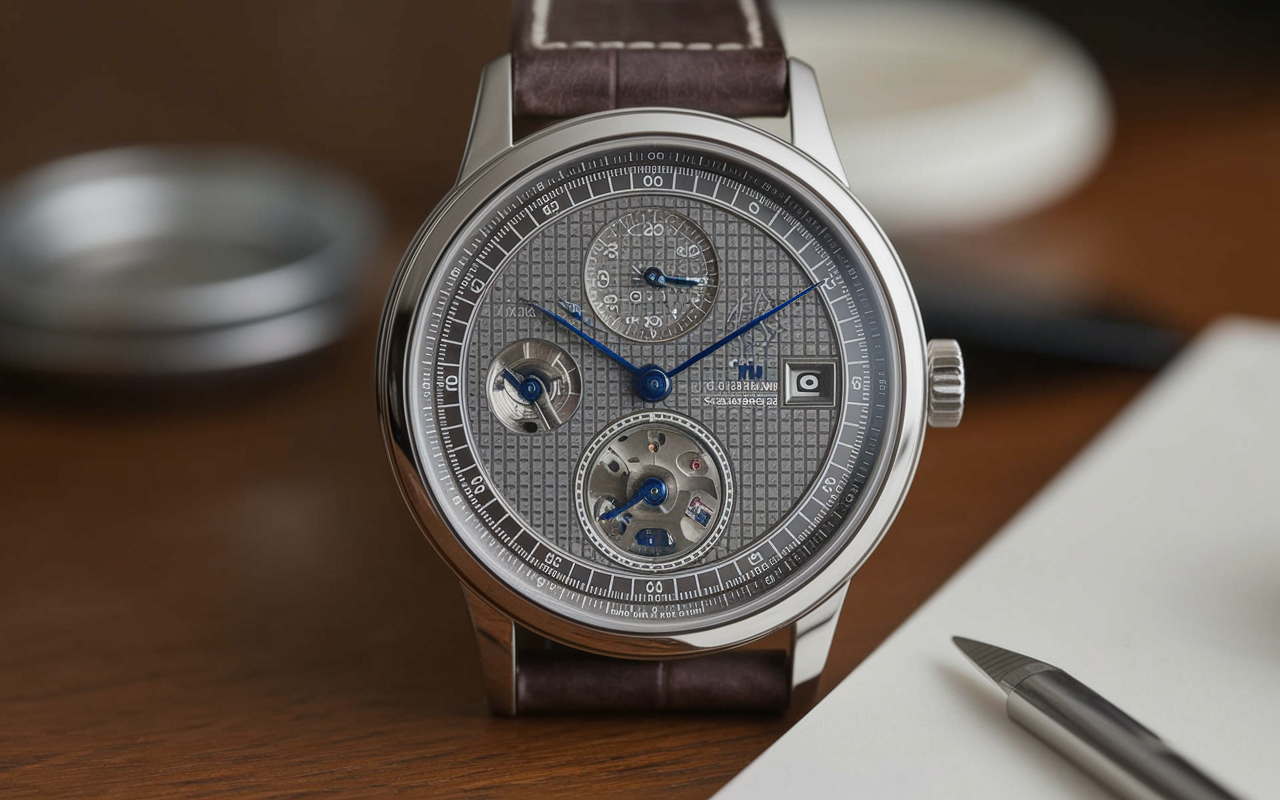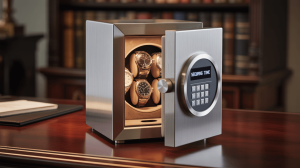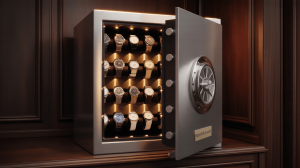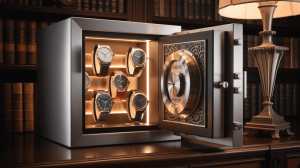The Watch Winder Debate
In the world of horology, few accessories spark as much debate as the watch winder. Is it a must-have for every collector, or an overhyped gadget? For some, it’s a mechanical marvel that keeps automatic timepieces ticking with precision, ensuring they’re always ready to wear. For others, it’s an unnecessary luxury that risks overwinding delicate mechanisms. The truth lies somewhere in between. Watch winders, with their ability to mimic the natural motion of a wrist, play a pivotal role in maintaining the longevity of your prized timepieces. They keep lubricants flowing, prevent dust accumulation, and shield your watches from scratches. Yet, the controversy persists—do they truly enhance your collection, or are they just another indulgence? Dive into this guide to uncover the nuances of watch winders, explore their benefits, and decide whether they deserve a place in your horological arsenal. Whether you’re a seasoned collector or a newcomer, this debate is one you won’t want to miss
2. What Is a Watch Winder? Breaking Down the Basics
How Watch Winders Mimic Wrist Movement
A watch winder is a device designed to replicate the natural motion of your wrist, ensuring that automatic timepieces remain wound and ready to wear. When you wear an automatic watch, the movement of your arm generates energy, which powers the internal mechanism. A winder achieves this by gently rotating the watch in a circular motion, simulating the same effect. This subtle rotation keeps the mainspring tensioned, preventing it from unwinding and stopping the watch.
The Mechanics Behind Keeping Automatic Watches Wound
Automatic watches rely on a mainspring to store energy, which is released to power the movement. When the watch is stationary, the mainspring gradually loses tension, causing the watch to stop. A winder counteracts this by maintaining consistent rotation, ensuring the mainspring stays wound. This not only keeps the watch running but also helps lubricate internal components, preventing them from drying out or seizing up.
By mimicking the natural motion of your wrist, these devices ensure your timepieces remain accurate and functional, even when not in use. Whether you’re a collector or a casual wearer, understanding this mechanism can help you appreciate the value of this accessory.
3. The Benefits of Owning a Watch Winder
Convenience: Always Ready to Wear
One of the most significant advantages of using a watch winder is the convenience it offers. With your timepiece continuously wound, you can pick it up and wear it without the hassle of resetting the time or manually winding it. This is especially useful for those who rotate between multiple watches or have busy schedules.
Longevity: Preserving Your Watch’s Internal Mechanics
A watch winder helps maintain the internal components of your automatic watch by keeping the movement active. This prevents lubricants from coagulating and ensures that the gears and springs remain in optimal condition. By reducing wear and tear, a winder can extend the lifespan of your timepiece.
Protection: Shielding Your Timepiece from Dust and Damage
Many watch winders come with protective cases or covers that safeguard your watch from dust, moisture, and accidental scratches. This added layer of protection ensures that your timepiece remains in pristine condition, even when not in use.
By investing in a watch winder, you not only enhance the functionality of your automatic watch but also ensure its longevity and protection. Whether you’re a collector or a casual wearer, these benefits make it a worthwhile addition to your horological toolkit.
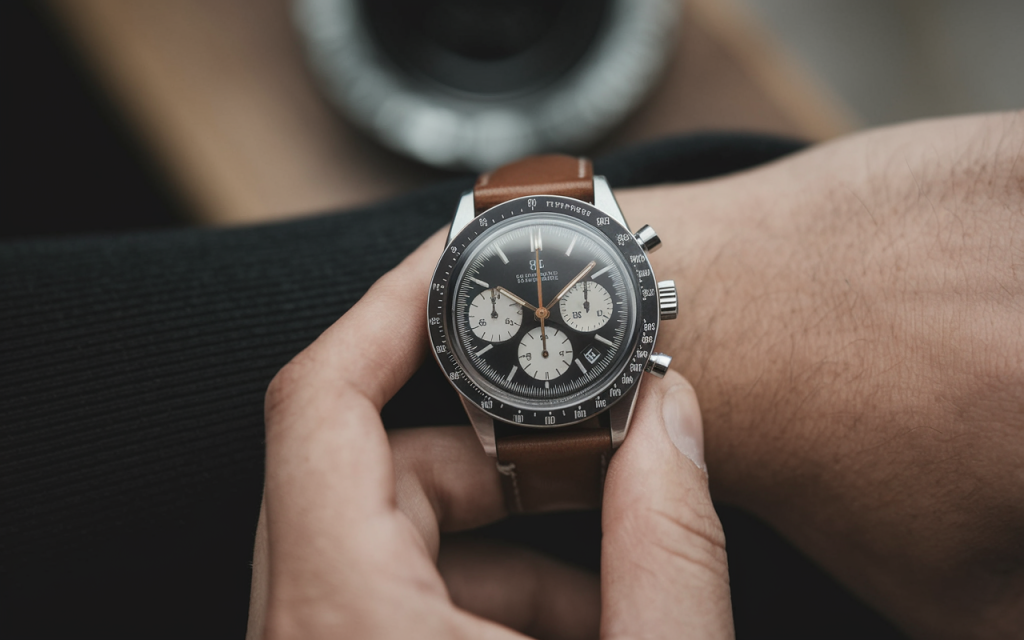
4. Potential Drawbacks of Using a Watch Winder
Overwinding: Myth or Reality?
One of the most debated concerns about watch winders is the risk of overwinding. Modern automatic watches are designed with mechanisms that prevent overwinding, making this fear largely a myth. However, using a poorly calibrated or low-quality winder could still pose a risk, as it might not stop when the watch is fully wound. Ensuring you choose a reliable device with adjustable settings can mitigate this issue.
The Impact of Low-Quality Winders on Your Watch
Not all watch winders are created equal. Low-quality models may lack precision in rotation settings, operate noisily, or even damage your timepiece over time. For instance, some budget options may over- or under-wind your watch, leading to unnecessary wear on the internal components. Investing in a well-made winder, like the Swiss KubiK, ensures your watch remains in optimal condition.
When a Watch Winder Might Not Be Necessary
While watch winders offer convenience, they aren’t essential for everyone. If you wear your automatic watch daily, it will naturally stay wound through your wrist’s movement. Additionally, if you own a single timepiece or prefer manual winding, a winder might be an unnecessary expense. For those with smaller collections or infrequent wear, traditional storage methods may suffice.
By understanding these potential drawbacks, you can make an informed decision about whether a watch winder is the right choice for your collection.
5. Who Really Needs a Watch Winder?
Ideal Users: Collectors, Frequent Travelers, and Luxury Watch Owners
For watch enthusiasts with multiple automatic timepieces, a watch winder is an invaluable tool. Collectors who rotate between various watches benefit from the convenience of having each piece ready to wear without manual winding. Frequent travelers, who may leave their watches unworn for extended periods, also find winders essential for maintaining accuracy. Additionally, owners of high-end luxury watches, especially those with intricate complications like perpetual calendars or moon phases, rely on winders to keep their timepieces functioning flawlessly.
When a Watch Winder is More of a Luxury Than a Necessity
While winders offer undeniable benefits, they aren’t essential for everyone. If you own a single automatic watch and wear it daily, the natural motion of your wrist will keep it wound. Similarly, those who don’t mind manually resetting their watches may find a winder unnecessary. For individuals with simpler timepieces or those who prefer the tactile experience of manual winding, a winder might be more of a luxury than a practical tool.
By understanding your specific needs and habits, you can determine whether a watch winder is a worthwhile investment or an indulgent accessory.
6. How Watch Winders Enhance Watch Maintenance
Preventing Lubricant Coagulation in Automatic Movements
One of the key benefits of using a watch winder is its ability to prevent lubricants inside the watch from coagulating. Automatic timepieces rely on oils to keep their internal components running smoothly. When a watch remains stationary for extended periods, these lubricants can thicken or dry out, leading to increased friction and potential damage. By keeping the watch in motion, a winder ensures that the oils remain evenly distributed, maintaining the watch’s precision and longevity.
Reducing Wear and Tear on Winding Mechanisms
Frequent manual winding can put unnecessary strain on a watch’s internal components, particularly the crown and winding stem. Over time, this can lead to wear and tear, requiring costly repairs. A watch winder eliminates the need for constant manual winding by gently rotating the watch, keeping it wound without excessive stress on its mechanisms. This not only preserves the watch’s functionality but also extends its lifespan.
By addressing these critical aspects of watch maintenance, a watch winder ensures that your timepiece remains in optimal condition, ready to perform at its best whenever you need it.
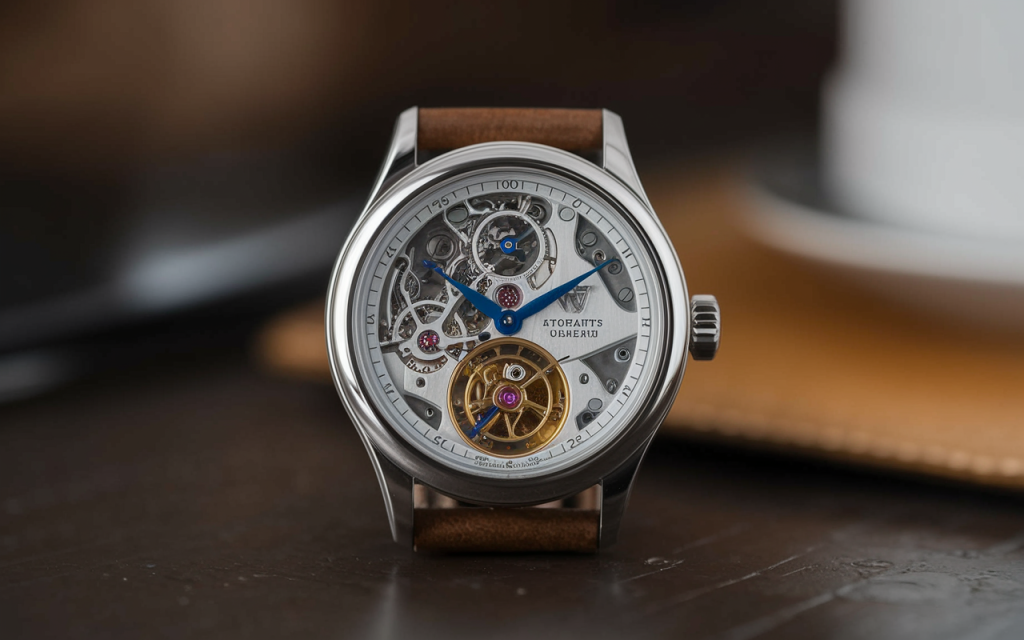
7. Key Features to Look for in a Watch Winder
Adjustable Rotation Settings (TPD and Direction)
Different automatic watches require specific winding patterns, including turns per day (TPD) and rotation direction (clockwise, counterclockwise, or bidirectional). A high-quality winder should offer customizable settings to match your watch’s unique requirements. This ensures the mainspring is properly tensioned without risking overwinding or under-winding.
Quiet Operation and Durable Construction
A watch winder’s motor should operate silently to avoid disturbances, especially if placed in a bedroom or office. Additionally, the device should be built with sturdy materials like wood, leather, or carbon fiber to ensure longevity and complement the elegance of your timepiece.
Power Options: Battery vs. AC Adapter
Winders typically come with two power options: battery-operated or AC-powered. Battery models offer portability, making them ideal for travel, while AC adapters provide consistent power for home use. Choose the option that best suits your lifestyle and convenience.
By prioritizing these features, you can select a watch winder that not only meets your needs but also enhances the performance and longevity of your automatic watch.
9. Watch Winders vs. Traditional Storage: Which Is Better?
Pros and Cons of Each Method
Watch Winders:
Pros:
1. Convenience: Keeps your automatic watch ready to wear without manual winding or resetting.
2. Maintenance: Prevents lubricants from coagulating and reduces wear on internal components.
3. Protection: Many models offer dust-proof and scratch-resistant features, safeguarding your timepiece.
Cons:
1. Cost: High-quality winders can be expensive, especially for multi-watch models.
2. Noise: Some models may produce audible motor sounds, which can be disruptive.
3. Overuse Risk: Prolonged use of low-quality winders may lead to unnecessary wear.
Traditional Storage (Watch Boxes):
Pros:
1. Affordability: Watch boxes are generally more budget-friendly than winders.
2. Simplicity: No need for power or complex settings, making them easy to use.
3. Versatility: Suitable for all types of watches, including manual and quartz models.
Cons:
1. Manual Maintenance: Requires regular winding and resetting for automatic watches.
2. Limited Protection: May not shield your watch from dust or scratches as effectively as winders.
3. Inconvenience: Watches may stop if left unworn for extended periods, requiring manual intervention.
When to Choose a Watch Winder Over a Watch Box
A watch winder is ideal if:
1. You own multiple automatic watches and frequently rotate between them.
2. Your timepiece has complex complications, such as perpetual calendars or moon phases, which are difficult to reset manually.
3. You value convenience and want your watch ready to wear at any time without manual winding.
On the other hand, traditional storage is sufficient if:
1. You own a single watch and wear it daily, relying on natural wrist movement to keep it wound.
2. Your collection includes manual or quartz watches, which do not benefit from a winder.
3. You prefer a cost-effective and straightforward storage solution.
By weighing these factors, you can decide which method best suits your needs and enhances the care of your timepieces.
10. Common Myths About Watch Winders Debunked
“Watch Winders Damage Your Watch”
A prevalent misconception is that these devices harm your timepiece. In reality, high-quality models are designed to mimic the natural motion of your wrist, ensuring the internal components remain lubricated and functional. However, low-quality or poorly calibrated winders can cause issues like excessive wear or magnetization. Choosing a reliable device with adjustable settings minimizes these risks.
“Only Luxury Watches Need Winders”
While luxury watches with intricate complications, such as perpetual calendars, benefit greatly from winders, they are not exclusive to high-end pieces. Any automatic watch, regardless of price, can benefit from being kept wound and ready to wear. This is especially useful for those who own multiple watches and rotate them frequently.
“All Watch Winders Are the Same”
This is far from true. Winders vary significantly in quality, features, and functionality. High-end models offer customizable settings like turns per day (TPD) and rotation direction, while budget options may lack precision or durability. Investing in a well-made winder ensures your timepiece is properly maintained and protected.
By debunking these myths, it’s clear that watch winders, when chosen wisely, are valuable tools for maintaining the performance and longevity of your automatic watches.
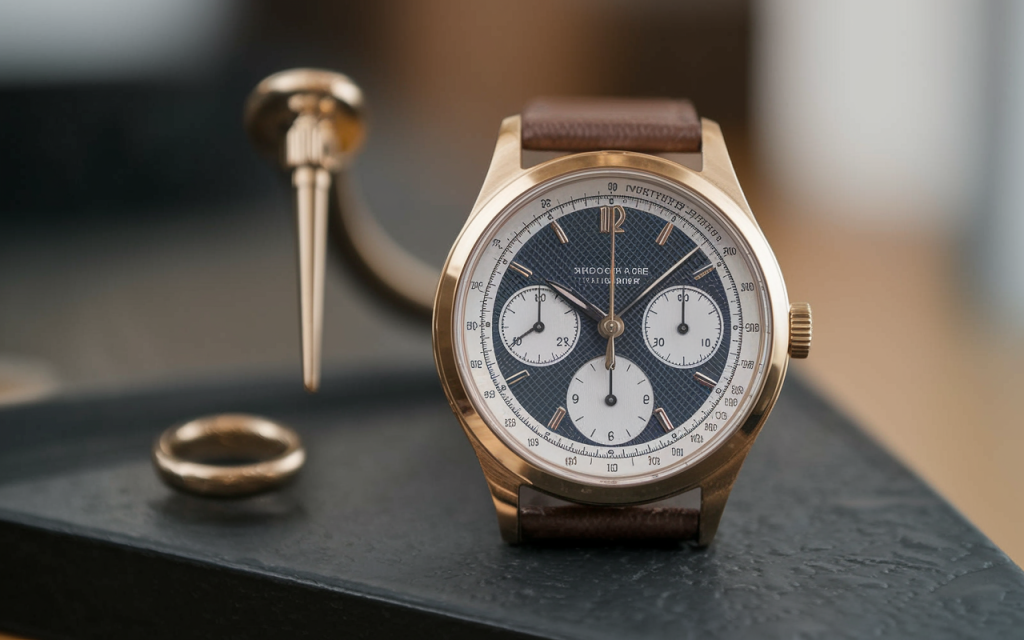
11. How to Choose the Right Watch Winder for Your Collection
Assessing Your Watch Collection: Size, Value, and Needs
When selecting a watch winder, start by evaluating your collection. Consider the number of timepieces you own—single-watch winders are ideal for smaller collections, while multi-watch models cater to larger assortments. Pay attention to the size of your watches; ensure the winder’s cushions can accommodate larger or heavier pieces comfortably. Additionally, assess the value and complexity of your watches. High-end or intricate models, such as those with perpetual calendars, benefit from winders with customizable settings to maintain their precision.
Budget Considerations: Balancing Cost and Quality
While it’s tempting to opt for the most affordable option, investing in a high-quality winder ensures long-term reliability and performance. Look for models with durable construction, silent motors, and adjustable rotation settings. Premium winders often feature luxurious materials like wood or carbon fiber, adding aesthetic value to your display. However, if your budget is limited, prioritize essential features like quiet operation and compatibility with your watches. Remember, a well-made winder is a worthwhile investment to protect and preserve your collection.
By carefully evaluating your collection and balancing cost with quality, you can choose a watch winder that meets your needs and enhances the care of your timepieces.
12. Setting Up and Maintaining Your Watch Winder
Finding the Perfect Spot for Your Winder
Choosing the right location for your watch winder is crucial for both functionality and aesthetics. Place it on a stable, level surface to ensure smooth operation and prevent unnecessary strain on the motor. Avoid areas with direct sunlight or extreme temperature fluctuations, as these can affect the device’s performance and potentially harm your timepiece. Additionally, consider placing it in a low-traffic area to minimize the risk of accidental bumps or falls. For added convenience, select a spot that complements your room’s decor, such as a dresser or nightstand.
Cleaning and Care Tips for Long-Term Use
Regular maintenance ensures your watch winder remains in top condition. Dust the exterior with a soft, dry cloth to prevent buildup, and use a slightly damp cloth for stubborn spots. Avoid harsh chemicals or abrasive materials that could damage the finish. Periodically check the settings to ensure they align with your watch’s requirements, adjusting the TPD or rotation direction as needed. If the device starts making unusual noises, inspect the motor and connections for issues. For battery-operated models, replace the batteries promptly to avoid interruptions. By following these simple steps, you can extend the lifespan of your winder and keep your timepieces in pristine condition.
13. Watch Winders for Travel: Are They Worth It?
Portable Watch Winders: Pros and Cons
Pros:
- Convenience: Compact and lightweight, these devices are designed for easy transport, making them ideal for frequent travelers.
- Functionality: Keeps your automatic watch wound and ready to wear, eliminating the need for manual winding or resetting.
- Protection: Many models include cushioned compartments to shield your timepiece from bumps and scratches during transit.
Cons:
- Limited Capacity: Most portable units can only accommodate one watch, which may not suit collectors with multiple pieces.
- Power Constraints: Battery-operated models may require frequent battery changes, while AC-powered options may not be practical in all travel scenarios.
- Durability: Some budget-friendly versions may lack the robust construction needed for long-term use.
Tips for Protecting Your Watch on the Go
- Use a Travel Case: Invest in a padded case specifically designed for watches to prevent damage from impacts or pressure.
- Adjust Settings: Ensure your winder’s rotation settings match your watch’s requirements to avoid overwinding or under-winding.
- Avoid Extreme Conditions: Keep your device away from direct sunlight, moisture, or extreme temperatures, which can harm both the winder and your timepiece.
- Secure Placement: Store the winder in a stable, cushioned area within your luggage to minimize movement during transit.
By weighing the pros and cons and following these tips, you can determine if a portable watch winder is a worthwhile addition to your travel essentials.
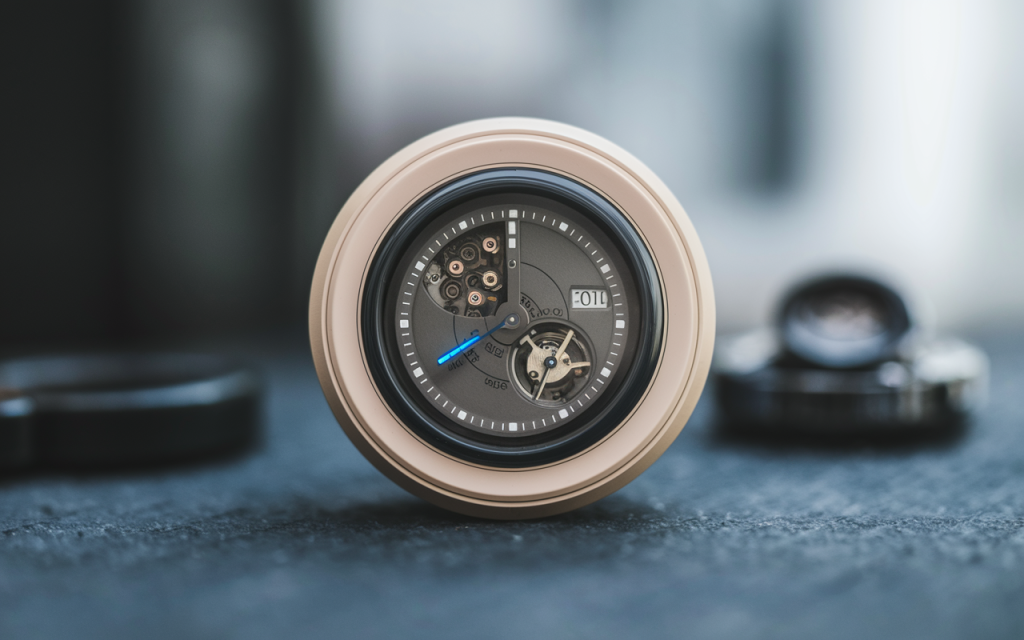
14. Expert Opinions: What Watchmakers Say About Watch Winders
Insights from Industry Professionals
Watchmakers emphasize that these devices are valuable tools for maintaining the performance of automatic timepieces. According to Gary Getz, a seasoned collector, winders are essential for watches with complex features like perpetual calendars, as they prevent the need for frequent manual adjustments. However, professionals also caution against overuse, particularly with low-quality models, which can lead to unnecessary wear or magnetization. High-end brands, such as Audemars Piguet, often include winders with specific models, highlighting their importance for preserving intricate mechanisms.
Best Practices for Using Watch Winders Safely
- Choose the Right Settings: Ensure the rotation direction and turns per day (TPD) align with your watch’s requirements to avoid overwinding or under-winding.
- Invest in Quality: Opt for devices with silent motors and durable construction to minimize noise and ensure reliable operation.
- Regular Maintenance: Clean the device periodically and check for unusual noises or malfunctions to keep it functioning optimally.
- Avoid Overuse: Limit continuous operation to prevent excessive strain on the movement, especially for watches not worn frequently.
- Secure Placement: Keep the winder on a stable, level surface to ensure smooth rotation and protect your timepiece from accidental damage.
By following these guidelines, you can maximize the benefits of your device while safeguarding the longevity and accuracy of your timepieces.
15. Real-Life Stories: How Watch Winders Have Transformed Collections
Testimonials from Watch Enthusiasts
Many collectors have shared how these devices have revolutionized their experience. John, a long-time Rolex owner, mentioned, “Before using a winder, I’d often find my watch stopped after days of not wearing it. Now, it’s always ready to go, saving me the hassle of resetting the time and date.” Similarly, Sarah, who owns multiple Tissot pieces, said, “It’s a game-changer for my collection. I no longer worry about my watches losing accuracy or needing constant maintenance.” These stories highlight the practical benefits of integrating winders into daily routines.
The Impact of Watch Winders on Convenience and Peace of Mind
For enthusiasts, these devices offer more than just functionality—they provide reassurance. By keeping timepieces wound and accurate, they eliminate the stress of manual adjustments or potential damage from improper handling. Additionally, the silent operation of high-quality models ensures they blend seamlessly into any environment, whether at home or during travel. For collectors with intricate watches, such as those with perpetual calendars or moon-phase indicators, winders are indispensable for preserving their precision and value.
These real-life experiences underscore how watch winders enhance both the practicality and enjoyment of owning automatic timepieces, offering unmatched convenience and peace of mind.
16. The Future of Watch Winders: Innovations to Watch For
Emerging Technologies in Watch Winder Design
The evolution of these devices is being driven by advancements in technology and user demands. One key innovation is the integration of AI-powered customization, allowing the device to learn the specific winding needs of each timepiece and adjust settings automatically. Additionally, solar-powered models are gaining traction, offering eco-friendly solutions that reduce reliance on batteries or AC adapters. Another breakthrough is the use of advanced materials like graphene, which enhances durability while maintaining a lightweight design.
What’s Next for This Essential Accessory?
The future of watch winders lies in smart connectivity. Imagine a device that syncs with your smartphone to provide real-time updates on your watch’s status, including winding progress and maintenance reminders. Furthermore, modular designs are emerging, enabling users to expand their winder’s capacity as their collection grows. Luxury brands are also exploring biometric security features, such as fingerprint recognition, to ensure the safety of high-value timepieces.
As technology continues to advance, watch winders are set to become more intuitive, sustainable, and versatile, solidifying their role as an indispensable tool for collectors and enthusiasts alike.
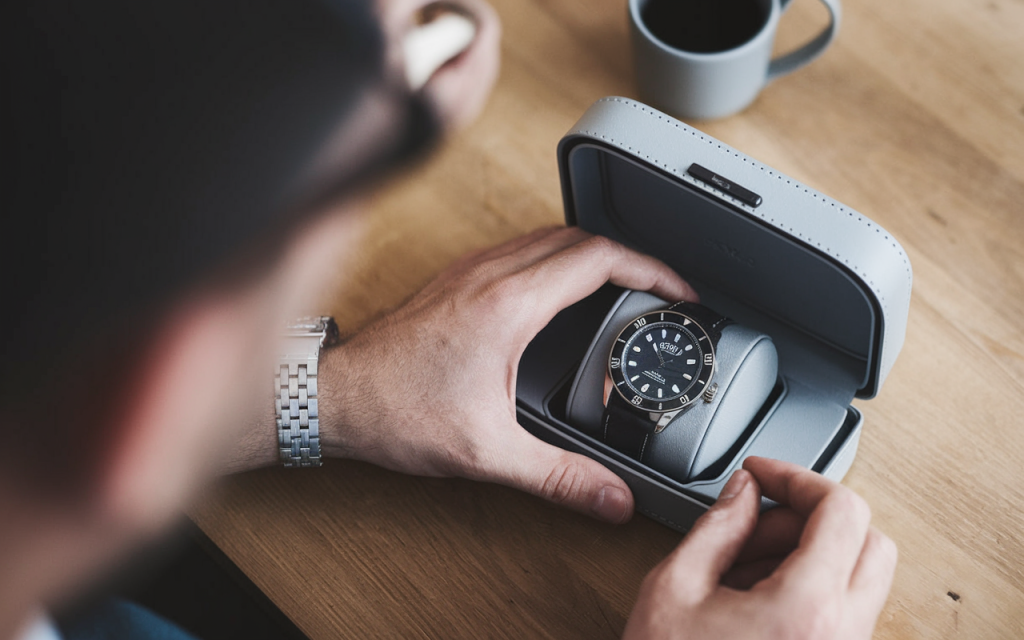
17. Common Mistakes to Avoid When Using a Watch Winder
Ignoring Rotation Settings
One of the most frequent errors is neglecting to adjust the rotation settings to match your watch’s specific requirements. Each timepiece has unique winding needs, such as the number of turns per day (TPD) and the direction of rotation. Using incorrect settings can lead to overwinding or under-winding, both of which can harm the movement. Always consult your watch’s manual or the manufacturer’s guidelines to ensure the device is configured correctly.
Overlooking Maintenance and Care
Failing to maintain your watch winder can compromise its performance and, in turn, affect your timepiece. Dust buildup, worn-out bearings, or improper tension can lead to reduced accuracy or even damage. Regularly clean the exterior with a soft cloth and lubricate the bearings to keep the device running smoothly. Additionally, store it in a cool, dry place away from direct sunlight to prevent overheating or moisture damage.
By avoiding these common pitfalls, you can ensure your watch winder operates effectively and your timepieces remain in optimal condition.
18. Conclusion: Is a Watch Winder Right for You?
Weighing the Pros and Cons
A watch winder can be a valuable addition for automatic watch owners, offering convenience and preserving the functionality of your timepiece. On the positive side, it eliminates the need for manual winding, maintains accuracy, and ensures internal mechanisms stay lubricated. However, it’s important to consider potential downsides, such as the cost of high-quality models and the risk of overwinding if settings are incorrect. For collectors with multiple watches, a winder can simplify maintenance, but casual wearers may find it unnecessary.
Final Tips for Making an Informed Decision
- Assess Your Needs: Determine how often you wear your automatic watch and whether it has complex features like perpetual calendars or moon-phase indicators.
- Research Models: Look for devices with adjustable rotation settings, silent motors, and durable construction to ensure compatibility and longevity.
- Set a Budget: While premium options offer advanced features, there are affordable models that provide reliable performance for casual users.
- Consult Experts: Seek advice from watchmakers or experienced collectors to understand the specific requirements of your timepiece.
By carefully evaluating your needs and understanding the benefits and limitations, you can decide if a watch winder is the right investment for your collection.
19. FAQs About Watch Winders
Can Watch Winders Damage My Watch?
When used correctly, these devices are unlikely to harm your timepiece. However, improper settings, such as excessive turns per day (TPD) or incorrect rotation direction, can lead to overwinding or unnecessary wear. High-quality models with adjustable settings and silent motors are recommended to minimize risks.
How Often Should I Use a Watch Winder?
The frequency depends on your watch’s usage. If you wear it daily, a winder may not be necessary. For watches worn sporadically, using the device intermittently—such as a few hours daily—can keep the movement lubricated without causing strain. Avoid continuous operation unless your watch has complex features like perpetual calendars.
Are Watch Winders Safe for All Types of Watches?
These devices are designed specifically for automatic timepieces. Manual-wind or quartz watches do not benefit from winders and may even be damaged if used incorrectly. Always verify your watch’s compatibility and consult the manufacturer’s guidelines before using a winder.
By addressing these common questions, you can make informed decisions about integrating a winder into your watch care routine.
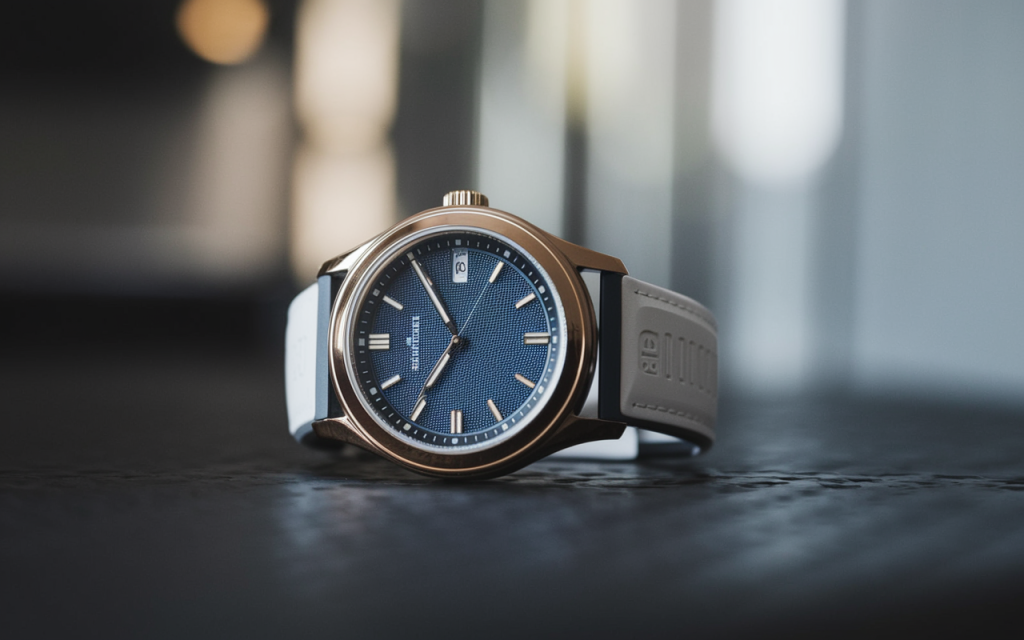
20. Resources and Recommendations
Where to Buy Reliable Watch Winders
For those seeking dependable devices, several brands stand out. Wolf and Barrington are renowned for their craftsmanship and durability, offering models that cater to both single and multiple timepieces. MOZSLY is another trusted name, known for its quiet motors and customizable settings. These products are available on their official websites or through authorized retailers like Amazon and specialty watch stores. Always verify the seller’s reputation and check for warranties to ensure quality.
Further Reading for Watch Enthusiasts
To deepen your knowledge, explore resources such as Rolex Watch Winder: The Ultimate Guide and articles from Beyond Boundaries. These materials provide insights into maintaining your collection and selecting the right tools. Additionally, forums like Watchuseek and Reddit’s r/Watches offer community-driven advice and discussions.
Welcome to Consult Homisafe
At Homisafe, we specialize in crafting personalized solutions tailored to your needs. Whether you require a single-slot device or a multi-watch unit, our team can design a winder that matches your style and collection. Contact us today to discuss your requirements and elevate your watch care experience.
By leveraging these resources and recommendations, you can make informed decisions and ensure your timepieces remain in pristine condition.

